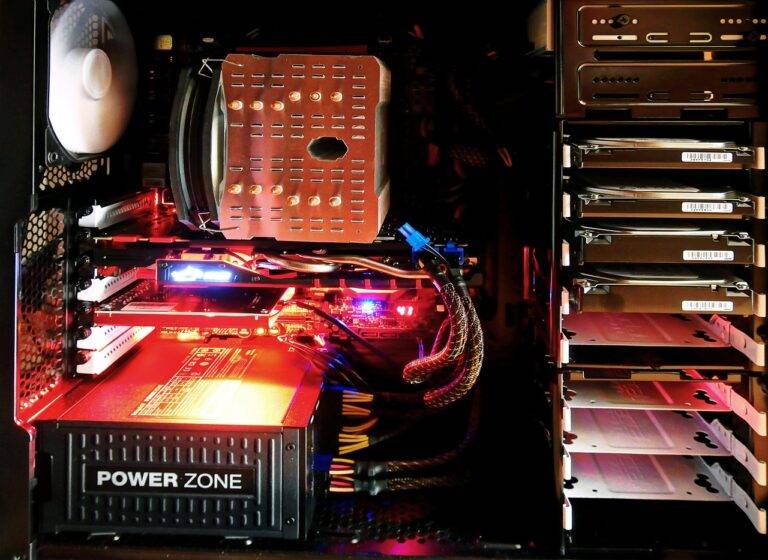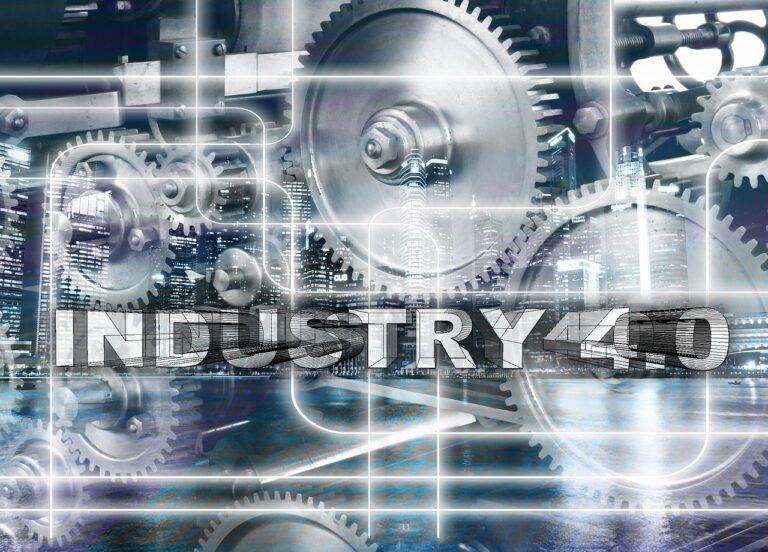The Role of Blockchain in Environmental Conservation
Blockchain technology has emerged as a powerful tool for environmental conservation, offering innovative solutions to address pressing environmental challenges. In this article, we’ll explore the role of blockchain in environmental conservation and its potential to drive positive change.
The Need for Environmental Conservation
1. Climate Change: Climate change poses a significant threat to ecosystems and biodiversity, leading to rising temperatures, sea level rise, and extreme weather events.
2. Deforestation: Deforestation contributes to habitat loss, biodiversity decline, and carbon emissions, exacerbating climate change and threatening the livelihoods of indigenous communities.
3. Pollution: Pollution from industrial activities, agriculture, and waste disposal contaminates air, water, and soil, endangering human health and ecosystems.
Blockchain Solutions for Environmental Conservation
1. Supply Chain Transparency: Blockchain enables transparent and traceable supply chains, allowing consumers to track the origin and journey of products from source to shelf. This transparency promotes sustainable practices and ethical sourcing, reducing deforestation and environmental degradation.
2. Carbon Offsetting: Blockchain-based platforms facilitate carbon offsetting by tokenizing carbon credits and enabling transparent transactions on decentralized exchanges. This allows individuals and organizations to invest in carbon offset projects and support reforestation and renewable energy initiatives.
3. Decentralized Energy Systems: Blockchain technology enables the creation of decentralized energy systems powered by renewable energy sources such as solar and wind. Peer-to-peer energy trading platforms allow users to buy, sell, and exchange surplus energy directly, promoting renewable energy adoption and reducing reliance on fossil fuels.
Community Engagement and Participation
1. Crowdfunding for Conservation: Blockchain-based crowdfunding platforms connect conservation projects with individual donors and investors, enabling community-driven initiatives to protect and restore ecosystems. These platforms democratize conservation funding and empower local communities to take action.
2. Data Sharing and Collaboration: Blockchain facilitates secure and transparent data sharing among stakeholders, including governments, NGOs, researchers, and communities. Shared data repositories enable collaborative research, monitoring, and management of natural resources, fostering cooperation and innovation.
Challenges and Considerations
1. Scalability and Adoption: Blockchain technology faces challenges related to scalability, energy consumption, and regulatory uncertainty, hindering its widespread adoption in environmental conservation efforts. Overcoming these challenges requires ongoing research, innovation, and collaboration.
2. Interoperability: Interoperability among different blockchain platforms and ecosystems is essential for seamless data exchange and collaboration. Standards and protocols for interoperability are needed to ensure compatibility and integration across diverse applications and networks.
FAQs
Q: How does blockchain promote transparency in supply chains?
A: Blockchain enables transparent and traceable supply chains by recording transaction data on a decentralized ledger, allowing consumers to verify the origin and authenticity of products.
Q: What is carbon offsetting, and how does blockchain facilitate it?
A: Carbon offsetting involves investing in projects that reduce or offset carbon emissions to compensate for one’s own carbon footprint. Blockchain facilitates carbon offsetting by tokenizing carbon credits and enabling transparent transactions on decentralized exchanges.
Q: How can blockchain empower local communities in conservation efforts?
A: Blockchain-based crowdfunding platforms enable local communities to raise funds for conservation projects and participate in decision-making processes, empowering them to take ownership of conservation initiatives.





